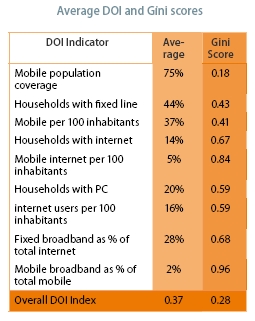Prepared especially for ITU TELECOM World (December 4-8 2006 in Hong Kong), the 8th in the series of ITU Internet Reports, entitled digital.life, begins by examining the underlying technologies for new digital lifestyles, from network infrastructure to value creation at the edges. In studying how businesses are adapting to fast-paced digital innovation, the report looks at how they can derive value in an environment driven by convergence at multiple levels. Moreover, a great challenge lies in extending access to underserved areas of the world. In light of media convergence, a fresh approach to policy-making may be required, notably in areas such as content, competition policy, and spectrum management. And as our lives become increasingly mediated by digital technologies, digital identities (both abstract and practical) take on a new dimension. Concerns over privacy and data protection do not seem to be sufficiently addressed by today’s online environments. In this context, the report examines the changing digital individual, and outlines the need for improving the design of identity management mechanisms for a healthy and secure digital world.

Besides this general quotation, the one I really subscribe is the following one, as it deals with something often said in our pages:
the nature of the digital divide is shifting from a primarily quantitative phenomenon (some countries and some regions have more ICTs than others) to a qualitative one (users have access to better quality, more affordable ICTs in some countries and regions than in others). In this context, the narrowband/broadband divide is a key measure.
One of the musts in this report is, no doubt, box 3.3 about digital divide measuring, specially the Gini scores for 9 indicators of the Digital Opportunity Index (DOI). The previous statement about the mobile narrowband/broadband digital divide comes out perfectly clear with a Gini score of 0.96. But, on the other hand, the most curious thing is that mobile (coverage) becomes the most democratic (and egalitarian) technology of all, with a Gini score of 0.18. It thus makes sense, as practitioners have demonstrated again and again, to focus ICT4D projects on mobile technologies.
A very entertaining and pleasant reading.